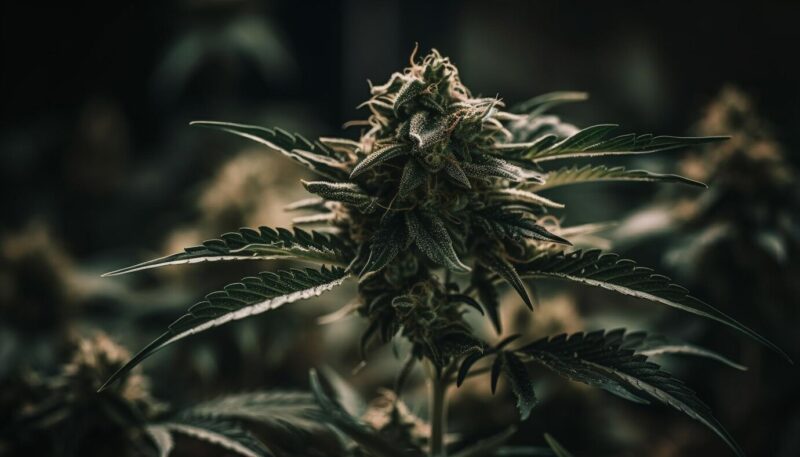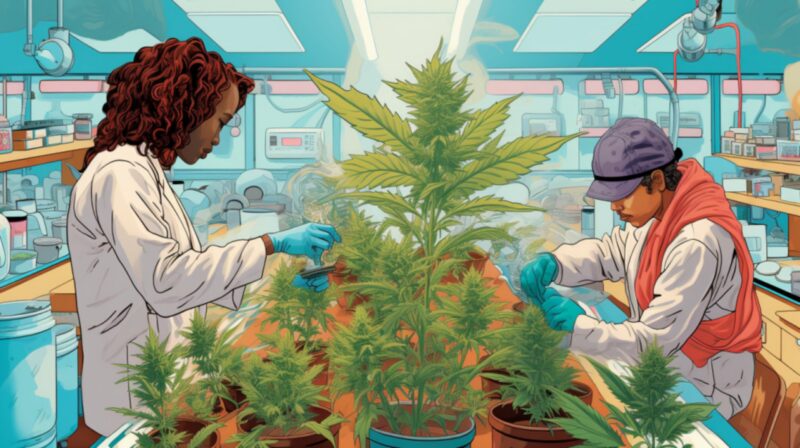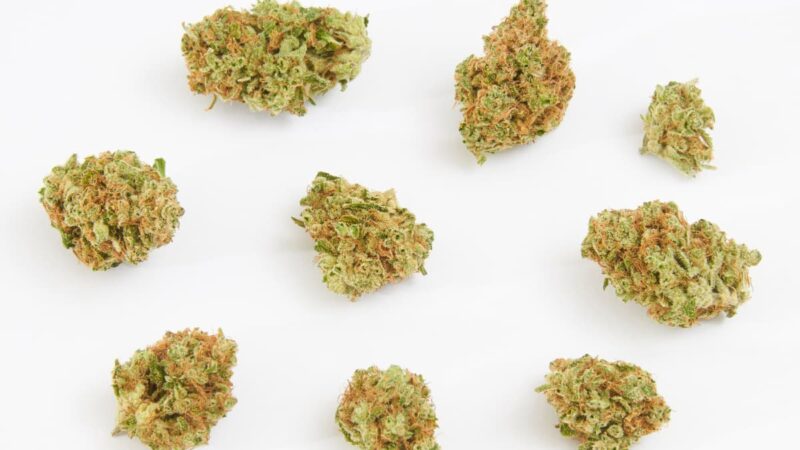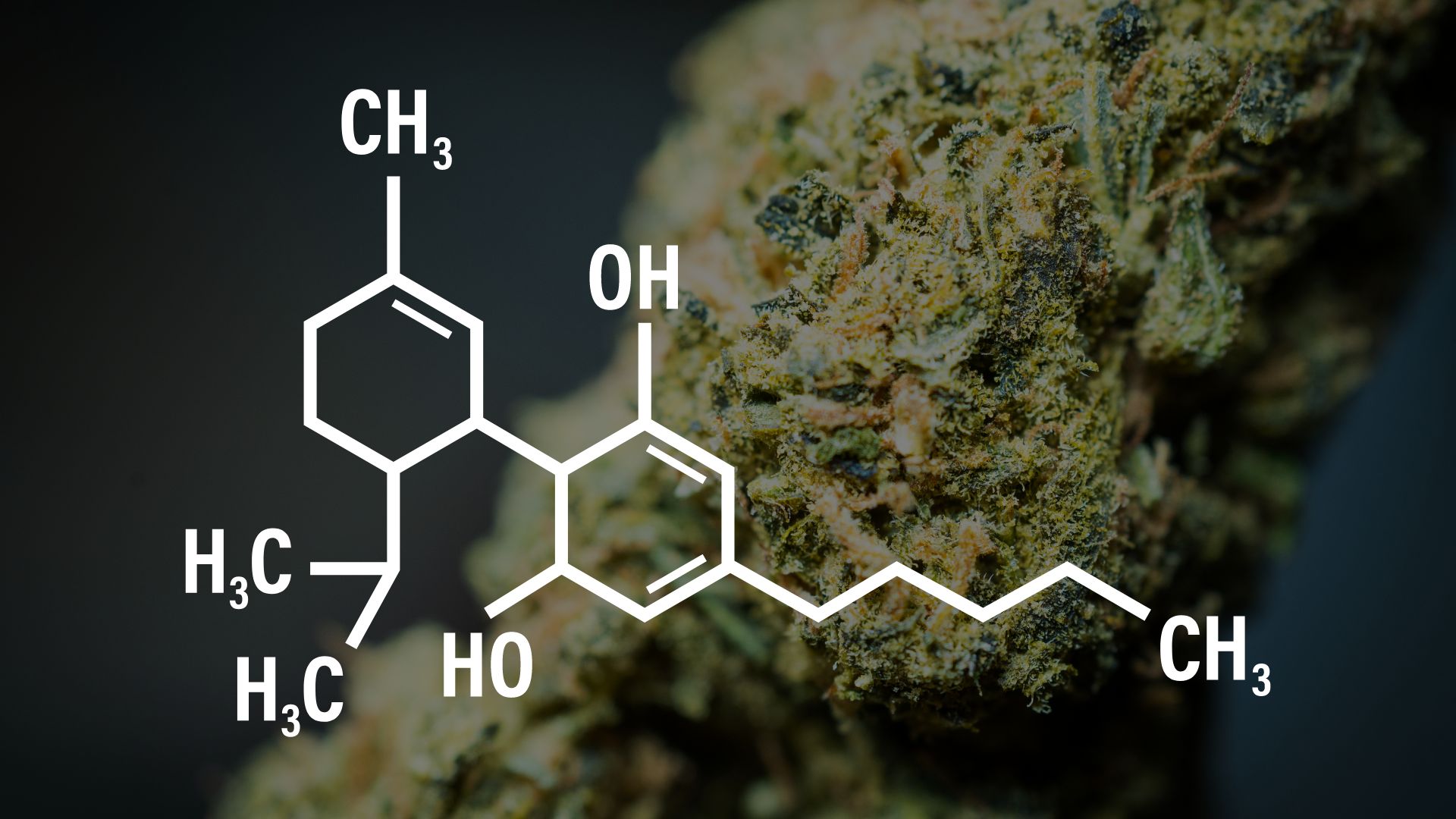In the ever-evolving landscape of cannabis products, acronyms like THCp and HHC have started to gain traction, leaving many consumers puzzled about their distinctions.
Today, let’s delve into the world of cannabinoids, exploring the dissimilarities between THCP and HHC, and shedding light on their unique properties and potential benefits.
Unraveling the THCp Mystery
Tetrahydrocannabiphorol (THCp), a lesser-known cannabinoid, has been creating waves within the cannabis community.
Unlike its more famous counterpart THC, THCp exhibits a distinct set of characteristics that set it apart.
1. Potency Unleashed
THCp is renowned for its heightened potency compared to traditional THC. Initial research suggests that it may be more potent in smaller doses, providing users with a unique and potentially more robust cannabis experience.
2. Binding Affinity Matters
One key differentiator is THCp’s binding affinity to CB1 receptors. Studies indicate that THCp may have a stronger binding affinity, leading to more pronounced psychoactive effects. This could revolutionize the way we perceive and consume cannabis products.
3. Therapeutic Potential
Beyond recreational use, THCp is believed to have therapeutic potential. Preliminary research suggests anti-inflammatory and analgesic properties, making it a promising candidate for various medical applications.
The Rise of HHC: What You Need to Know

Hexahydrocannabinol (HHC), another intriguing cannabinoid, has been gaining attention for its unique structure and potential effects on the endocannabinoid system.
1. Structural Peculiarities
HHC stands out due to its distinct molecular structure. Unlike THC and CBD, HHC undergoes a different biosynthetic pathway, resulting in a compound that interacts uniquely with our body’s receptors.
2. Milder Psychedelic Effects
Compared to THCp, HHC is reported to induce milder psychedelic effects. This could be appealing to users seeking a more subtle cannabis experience without the intensity often associated with traditional THC.
3. Exploring Medicinal Avenues
While research is in its infancy, some studies suggest that HHC might have therapeutic potential. Its unique interaction with the endocannabinoid system opens doors to exploring its medicinal applications.
Navigating the Controversies

1. Legal Implications
As with any emerging cannabinoid, THCp and HHC face legal scrutiny in various jurisdictions. Understanding the legal landscape is crucial for both consumers and producers to navigate potential pitfalls.
2. Consumer Awareness
Educating consumers about the differences between THCp and HHC is paramount. Dispelling myths and providing accurate information ensures that individuals can make informed decisions when choosing products containing these cannabinoids.
Navigating Consumption Choices

1. Dosing Considerations
Understanding the optimal dosage for THCp and HHC is crucial for a satisfying and controlled experience.
As these cannabinoids differ in potency and effects, consumers should start with lower doses and gradually adjust based on their tolerance.
2. Crafting Personalized Experiences
Tailoring cannabis experiences to personal preferences is now more achievable with the diverse array of cannabinoids available.
Whether seeking a profound psychoactive journey with THCp or a milder encounter with HHC, consumers can craft an experience that aligns with their desired effects.
The Road Ahead: Industry and Innovation

1. Industry Adaptation
The cannabis industry is quick to adapt to emerging trends, and the rise of THCp and HHC is no exception.
Producers and manufacturers are exploring innovative ways to incorporate these cannabinoids into a variety of products, from edibles to topicals, expanding consumer choices.
2. Scientific Advancements
Ongoing scientific research on THCp and HHC is vital for unlocking their full potential. As we deepen our understanding of their effects and applications, new possibilities for medical treatments and wellness products may emerge, transforming the landscape of cannabinoid-based therapies.
Potential Side Effects of THCp and HHC
While THCp and HHC offer unique experiences, it’s essential to be aware of potential side effects. Users should exercise caution, as individual reactions may vary.
Common side effects associated with THCp may include increased heart rate, dry mouth, and heightened anxiety, especially when consumed in higher doses.
On the other hand, HHC may lead to dizziness, mild hallucinations, and changes in perception. Understanding these potential side effects allows users to make informed choices and consume responsibly.
Legal Status of THCp and HHC in Different Regions

The legal landscape surrounding THCp and HHC is complex and subject to change. Various regions have distinct regulations governing these cannabinoids, making it crucial for consumers to stay informed about their local laws.
In some areas, THCp and HHC may be classified as controlled substances, while others may permit their use for medicinal or recreational purposes.
Navigating these legal nuances ensures that users comply with the law and avoid potential legal consequences. Staying updated on the evolving legal status of THCp and HHC in different regions is essential for responsible and risk-free consumption.
Embracing an Informed Future
In the fast-paced world of cannabis, being well-informed is the key to navigating the plethora of options available. Stay abreast of scientific developments, legal nuances, and evolving consumption methods to make informed choices that align with your preferences and values.
As THCp and HHC continue to carve their niche in the cannabis market, consumers have the exciting opportunity to explore new horizons in recreational and medicinal consumption. Embrace the journey, stay informed, and savor the evolving world of cannabinoids.
In essence, THCp and HHC represent not only two distinct cannabinoids but also the evolving nature of cannabis culture. As we stand on the cusp of a cannabinoid revolution, let curiosity be your guide, and embark on a journey of discovery within the fascinating realm of THCp and HHC. The future of cannabis is diverse, nuanced, and filled with endless possibilities.
Conclusion: Embracing the Future of Cannabis

In conclusion, the emergence of THCp and HHC adds layers of complexity and excitement to the world of cannabis. While THCp showcases heightened potency and therapeutic potential, HHC offers a milder alternative with unique structural characteristics.
As we move forward, staying informed about these cannabinoids allows us to make conscious choices that align with our preferences and expectations. The cannabis landscape is evolving, and with it, our understanding of cannabinoids deepens, ushering in a new era of possibilities for both recreational and medicinal users alike.








